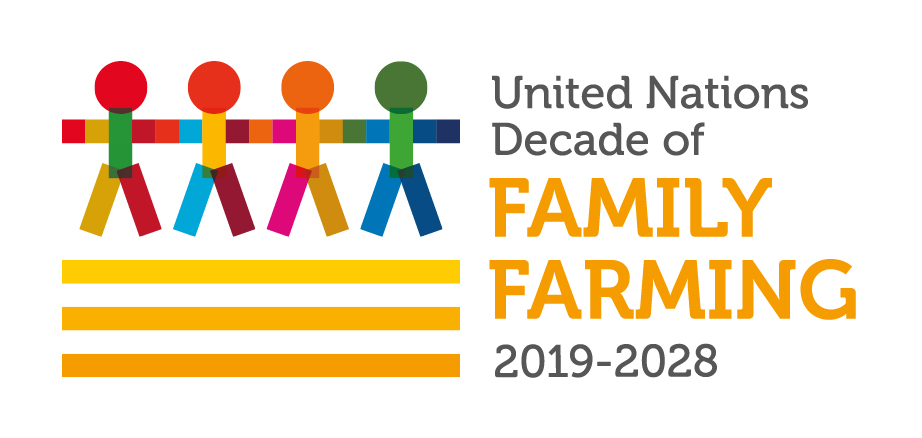
Role of rice
In Cambodia, rice is the main staple food, and rice farming provides income and an employment opportunity for around 65% of the population. Officially, the national average yield of rice is estimated to be between 1.65 and 1.80 tons per hectare in the wet season, (low compared with other countries in the region).
During the last three decades, a great deal of effort has gone into improving traditional rice farming. This has focused on developing and disseminating recommendations for fertilizer applications, introducing improved, high-yielding varieties, and using integrated pest management.
Rising costs
Although this approach can help farmers to increase their yields, the environmental sustainability and economic advantages of this for small farmers and for Cambodia still remain an issue. Rice productivity is still relatively low compared to the growing demand, while farmers’ costs of production are increasing, mainly due to the cost of fertilizer and fuel for pumping water.
Finding solutions
During the wet season of 2000 CEDAC(1), a Cambodian NGO working to develop and disseminate innovations in ecological agriculture, integrated the elements of SRI into their sustainable rice intensification program. This story summarizes CEDAC’s results and experiences of SRI adaptation in Cambodia and concludes with a perspective on its future.
What is SRI?
SRI seeks to increase rice production through the improvement of practices in plant, water, soil and nutrient management, rather than through the use of new or purchased inputs.(2)
SRI discoveries go against some of the accepted beliefs in traditional and conventional rice farming. The main differences, especially in terms of water and plant management, are explained briefly as follows.



Comments are closed